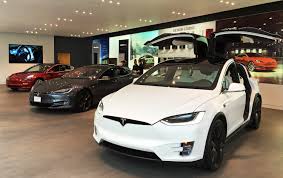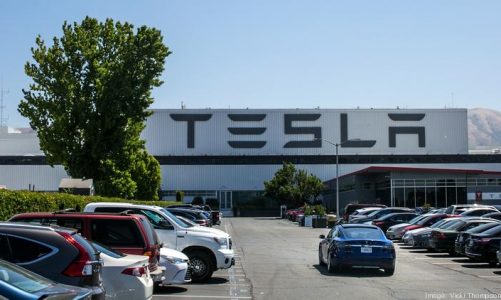Next year could be a watershed moment for European automakers. Strict carbon dioxide emission targets are being phased in just at a time when the industry is at a crossroads as it continues its bumpy journey from polluting gasoline and diesel engines to electric ones.
The new CO2 regulations will make the transition even more complicated. Never before has the industry faced the very real possibility of failing to meet its mandatory European fleet emissions target, risking huge fines that could amount to hundreds of millions of euros.
It is also clouding the outlook. Automakers often set production and sales targets against all kinds of trend data and consumption patterns. Furthermore, they analyze macroeconomic factors such as employment and wage growth, which in Europe is far from being true, since the euro area is expected to grow a meager 1.2% in 2020. If we add to this the imminent compliance with the CO2 emissions regulations, there is only one thing that everyone can agree on. About: Automakers will long for the good old days of 2019.
Registrations of heavy off-road vehicles such as a BMW X5 have already risen 40 percent or more in Germany in each of the past two months, while sports cars rose 67 percent in October, as manufacturers of cars rushed to make sure the worst gas guzzlers register early. December 31st. There has been an increase in new vehicle registrations across Europe in the last three months, the European Automobile Manufacturers Association reported Tuesday.
However, a reckoning could be just around the corner. By boosting demand to eliminate inventories of their biggest polluters, automakers could sow the seeds of a drop in sales in January.
“CO2 regulations are casting their shadow in 2020,” said Bernhard Mattes, director of the country’s auto industry association, VDA. It forecasts a 2 percent drop in vehicle sales in Europe next year due to the expected hangover.
Compliance headaches
Worse, it remains the only sector of the economy that has failed to consistently reduce its carbon footprint above the 1990 benchmark levels.
Therefore, car manufacturers will have to reduce the CO2 footprint of their fleet to an average of 95 grams per kilometer in 2021 from the 120.4 g / km recorded last year, although this only affects a small part of the vehicles on the road Electric and hybrid. -Electric vehicles are still a small part of the overall European car market and despite generous subsidies available in certain countries and healthy demand, they are unlikely to help automakers achieve their goals. short-term emission targets.
Economic fundamentals in the euro area support strong demand next year. Consumer confidence is above its historical average, inflation-adjusted wage growth continued at a rapid pace in the third quarter, and unemployment reached 7.5 percent in October, a low not seen since July 2008. Overall unemployment in the EU remained below the January 2000 level when records began.
And yet dealers in Germany expect private retail customer volumes to be hit particularly hard next year, at least compared to corporate car buyers. They forecast a steep 18 percent drop for this retail segment of the market, as automakers can artificially limit the availability of their popular SUV models to ensure compliance with EU limits.
Looking at those, there’s no reason why people shouldn’t buy cars next year, ”Stürmer said. “The only thing that could stop people from doing that is that they can’t get what they want, either because the OEMs can’t or won’t supply it.”




